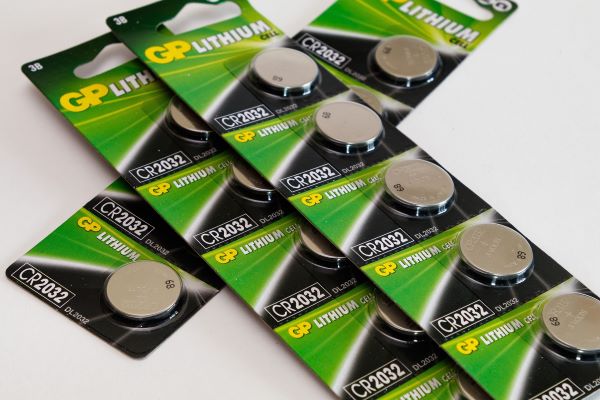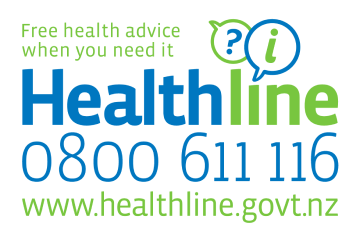Button Battery Dangers For Children
Button Battery Dangers For Children
Many electronic toys and devices have button batteries. They are very dangerous for young children if swallowed or put in nostrils or ears. Go straight to your nearest hospital if you think this has happened.
Key points about button battery dangers for children
- if you think your child has swallowed a button battery or put one in their nostril or ear, take immediate action - go straight to the hospital
- button batteries are very dangerous for children if they swallow one or put one in their ear or nostril
- if a child swallows or puts a button battery in their nose or ears, it can cause severe burns and damage within 2 hours
Where are button batteries found?
Button batteries are everywhere. They are found in remote controls, scales, calculators, singing or flashing greeting cards, watches, thermometers, decorations and flashing jewellery.

What should I do if my child swallows a button battery?
Go straight to hospital
Take immediate action. Go straight to your nearest hospital emergency department if you think your child has swallowed a button battery, or put a button battery in their nose or ears.
Tell reception, doctors and nurses you think your child might have swallowed a button battery. Getting medical treatment straight away is very important.
Honey can help
Before arriving at the hospital, for children over 12 months who have swallowed a button battery, give your child 2 teaspoons (10mL) of honey, every 10 minutes (up to 6 doses).
Remember, it's very important to get to the hospital emergency department straightaway - without delay.
Don't give your child any other food or drink. It is best not to make them vomit.
Know the battery ID number?
If you have the identification number of the battery (found on the battery's pack), take it with you to hospital. This could be really helpful to the medical team.
How to keep kids safe from button battery injuries
Kids under 6 are at the greatest risk of injury from button batteries. The batteries look shiny and interesting to young children.
To keep your children safe:
- search your home, and any place your child goes, for gadgets that may contain button batteries
- keep button battery-controlled devices out of sight and reach of babies and small children, and keep loose batteries locked away
- share this life-saving information with caregivers, friends, family and whānau
This page last reviewed 14 November 2022.
Do you have any feedback for KidsHealth?
If you have any feedback about the KidsHealth website, or have a suggestion for new content, please get in touch with us.
Email us now